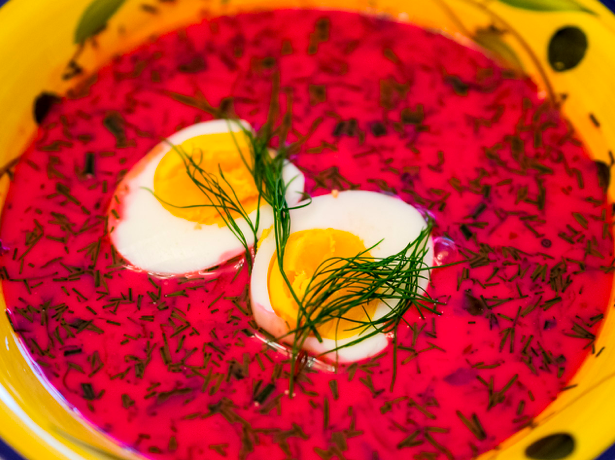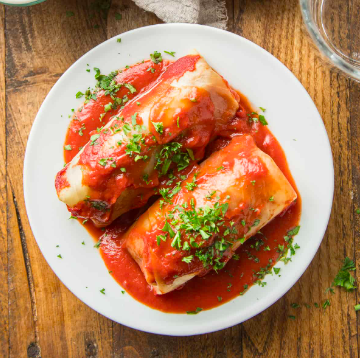Food History: A Warm Polish Meal For A Cold Winter’s Night
/Apart from my nose, I have little connection to my Polish heritage. The first time I learned I was Polish was when a Babcia pinched my cheeks and asked if I was proud to carry the nose of my ancestors. My mother shrugged off the interaction and said I wasn’t REALLY Polish, “only a quarter.” What I didn’t realize was that one of my favourite family recipes is Polish. This week, I dive into Polish food history and how it has been integral to my relationship with my grandmother.
Located in central Europe, Poland’s relationship with its neighbouring countries is long and fruitful, including that of their culinary influences. Flavours and techniques of Germany and Russia trickle into traditional Polish foods. Herbs and spices traded with the Orient countries made Polish food full of flavour and heat, relatively unique for that area of the world. Dill, black pepper and marjoram find their way in many traditional dishes.
Chicken and pork are popular and included in most dishes. Whether ground and stuffed into fluffy dumpling fillings or made into sausages, Polish food makes a great effort to compliment the meat's natural flavour with spices.
Similarly to French Canadian cuisine, Polish food includes many root vegetables in their cooking, particularly beets, potatoes, and onions. Barszcz, similar to Ukrainian Borscht, combines beets, onions, carrots and spices into a comforting soup served all over the world.
Yogourt and soured cream are integral to Polish cooking, used as a condiment in soups and stews, or as a leavening agent in sweet pastries.
Cabbage rolls are a work of labour. When my grandmother called me to the kitchen with the smell of sulphur in the air (cabbage, unfortunately, tends to smell of rotten eggs), I knew I had to prepare myself for hours of cooking. Washing and freezing the leaves, only for them to be thawed and individually plucked before being stuffed: I thought the process was stupid. Why not just take the cabbage leaves as they were and stuff them with meat? Now, I understand: to connect with my heritage. Making them with my grandmother now that I’m in my twenties is a blessing that I wouldn’t trade. And with that, I leave you with my grandmother’s famous cabbage roll recipe.
Mémère Boucher’s Cabbage Roll Recipe
Rolls
12 cabbage leaves
1 lb ground beef
1/2 lb ground pork
1/4 lb ground ham
1 egg, well beaten
2 cups rice, uncooked
1 small onion, chopped
1 tbsp parsley
1 tsp salt
1 tsp pepper
1 tsp paprika
A few days before cooking, freeze the cabbage; the night before cooking, place the frozen cabbage in a bowl of cold water to thaw overnight. The leaves should be pliable and ready to be stuffed.
Mix all ingredients well, form into balls and stuff the thawed cabbage leaves. Lay the rolls in a roasting pan.
Sauce
1 can tomatoes, crushed or diced
1 small can tomato juice
1 slice bacon
1 beef OXO cube
1 bay leaf
1 small onion, chopped
1 branch celery, chopped
1 tbsp brown sugar
1 tbsp vinegar
1/4 tsp each: salt, pepper, oregano, cayenne
In a saucepan, bring all the tomatoes, tomato juice, onion, celery, vinegar and spices to a boil, then simmer for 30 minutes. Pour the hot mixture over the raw cabbage rolls.
Add the slice of bacon across the top of the cabbage rolls. Then, dissolve the OXO cube in 1 cup of boiling water, and pour over the cabbage rolls. Bake at 300°F for 4 hours.
Dalainey Gervais is a writer and artist from Toronto, ON. She is a graduate of the University of Toronto’s Linguistics program and a student of Algonquin College’s Professional Writing program. Currently working in the non-profit sphere, she hopes to develop a career in environmental policy writing. In her free time, Dal enjoys writing, baking, and watching the latest crime documentary on Netflix.






